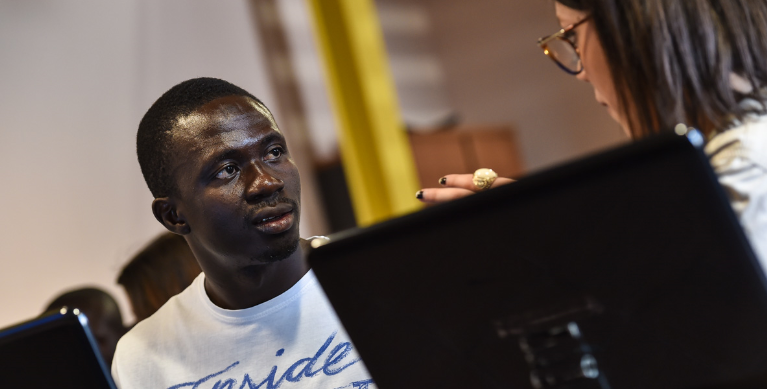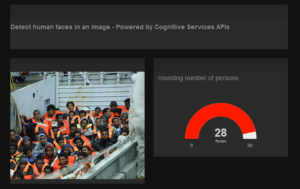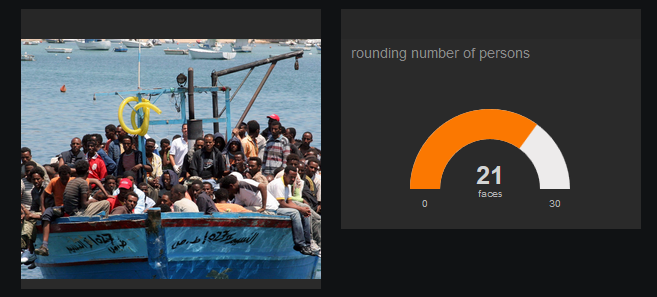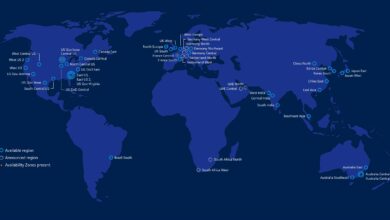
Technology comes to the rescue in migrant crisis
An increasing number of refugees and migrants need international protection, fleeing war, violence and persecution, and this is echoed in the numbers recorded in Italy. Last year, more than 180,000 refugees arrived in Italy by sea alone, with, sadly four percent of total asylum requests coming from unaccompanied minors.
Overcoming the language barrier is one of the many major problems faced by the majority of migrants. The Fondazione Mondo Digitale (FMD), an Italian non-profit committed to establishing an inclusive knowledge-based society through innovation, education and shared values to benefit all citizens, regardless of background. FMD is involved in a number of projects offering from digital literacy training initiatives for the elderly to technology sessions for aspiring entrepreneurs. As a key FMD partner, Microsoft has been providing support to ensure these activities reach as many people as possible through its networks and partnerships.
On the back of a wave of strong emotion in this post I’m investigating the possibility of using the cognitive service for humanitarian purposes. In this scenario I used a Microsoft Cognitive Service, in details I tried the Face recognition to help a national coastguard to identify the number of migrants arriving in boats. Face recognition service identifies the number of faces contained in an image.
Using photographs taken from the coast or from a helicopter, coastguards can leverage real-time estimation about the number of people arriving by boat. This information can furhter provide adequate support on the ground and in addition to a first aid to migrants in need. To test my scenario I used real migrant boat image.
Here is an example with a rough estimate of migrants based on the number of faces recognized by face recognition:
here is another test, as you can check the number is not exactly equal to the number of migrant on the boat, but it can be considered a good estimate to alert the helper team on the coast.
In the migrant boat context it is very likely that some faces are too close to be able to be distinguished from one another, but according this initial estimation fits the purpose.
In conclusion, technology may not lower the number of migrants crossing the Mediterranean and it will not resolve the crisis or inject a greater sense of responsibility and perspective into the European political debate. It is, however, bolstering the work of charities and NGOs.
thanks for reading.






One Comment